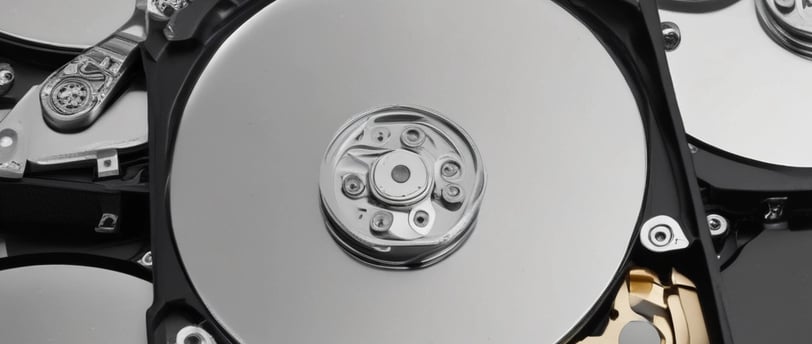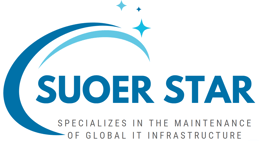The Ultimate Guide to Buying Used Hard Drives: Quality and Reliability Uncovered


Introduction
In today’s data-driven world, storage solutions are a necessity, but the cost of new hard drives can sting. Used hard drives offer a wallet-friendly alternative, promising significant savings—if you know what to look for. However, the second-hand market can feel like a high-stakes treasure hunt, where hidden gems sit alongside potential duds. This guide equips you with the tools to evaluate used hard drives like a seasoned expert, focusing on quality and reliability to ensure your investment pays off.
Brand and Model: The Bedrock of Trustworthiness
When diving into the world of used hard drives, your first stop should be the brand and model. Think of this as the foundation of your purchase—some brands are the sturdy oaks of the tech forest, while others might be more like fragile saplings.
Trusted Names: Brands like Western Digital, Seagate, and Toshiba have earned their stripes for producing drives that endure. They’re the veterans you can often rely on.
Model-Specific Insights: Within these brands, not every model is a champion. Some are built for longevity, others less so. A quick online search—think tech forums or review sites—can spotlight the stars and steer you clear of the flops.
Why It Matters: A reputable brand paired with a solid model reduces the odds of early failure. For example, enthusiasts on Reddit’s tech communities often rave about certain Seagate models for their resilience—data worth its weight in gold!
Drive Health and Performance: The Pulse of Reliability
Next, let’s check the vital signs of your prospective hard drive. Its health and performance metrics are like a medical chart, revealing whether it’s ready to serve or nearing retirement.
S.M.A.R.T Status: This built-in Self-Monitoring, Analysis, and Reporting Technology is your crystal ball. Tools like CrystalDiskInfo can decode it for you—green means go, while yellow or red signals caution. It’s a peek into the drive’s soul, flagging issues before they crash your party.
Read and Write Speeds: These are the heartbeat of performance. Use benchmarking software to test them. If speeds lag, the drive might have seen better days—think of it as an athlete past its prime.
Deep Dive: A Backblaze study found that hard drives under three years old fail at a mere 1.89% rate, but that jumps to 11.8% past six years. Age and usage leave their mark, so these metrics are your shield against a lemon.
Physical Condition and Warranty: The Exterior Tells a Tale
Don’t judge a book by its cover—unless it’s a hard drive. The physical condition offers clues about its past life, while a warranty adds a layer of security.
Visual Inspection: Scratches, dents, or heat discoloration scream “rough handling.” A pristine drive, on the other hand, suggests it’s been pampered—a good omen for reliability.
Warranty Bonus: Some sellers throw in a limited warranty with used drives. It’s like a safety net for your purchase. I once snagged a drive with a 30-day guarantee—it failed on day 29, and that warranty was my lifeline. Always ask!
Insight: Buyers often hesitate over used tech, fearing hidden damage. A clean exterior and a warranty can ease those nerves, turning skepticism into confidence.
Conclusion
Navigating the used hard drive market doesn’t have to be a roll of the dice. By scrutinizing the brand and model, probing drive health and performance, and inspecting physical condition alongside warranty options, you’re stacking the deck in your favor. This isn’t just about saving money—it’s about securing reliable storage without the new-drive price tag.
Connect
Your trusted IT hardware distributor since 2011.
Support
Quality
+852 6527 8409
